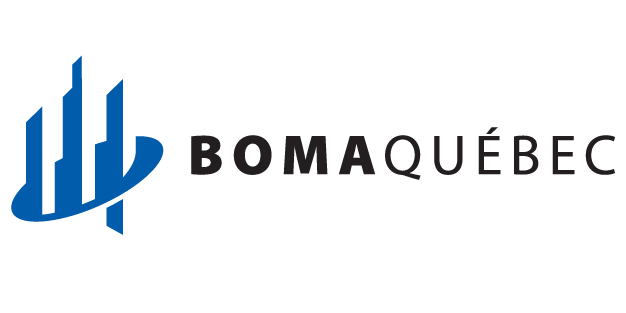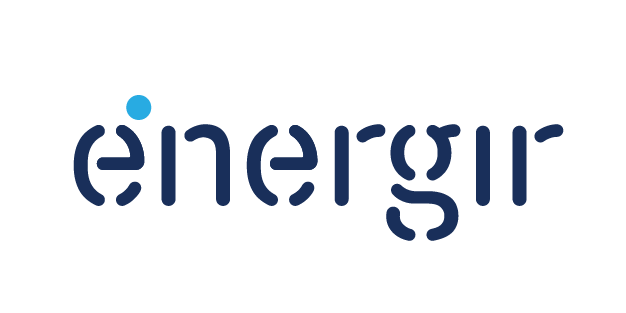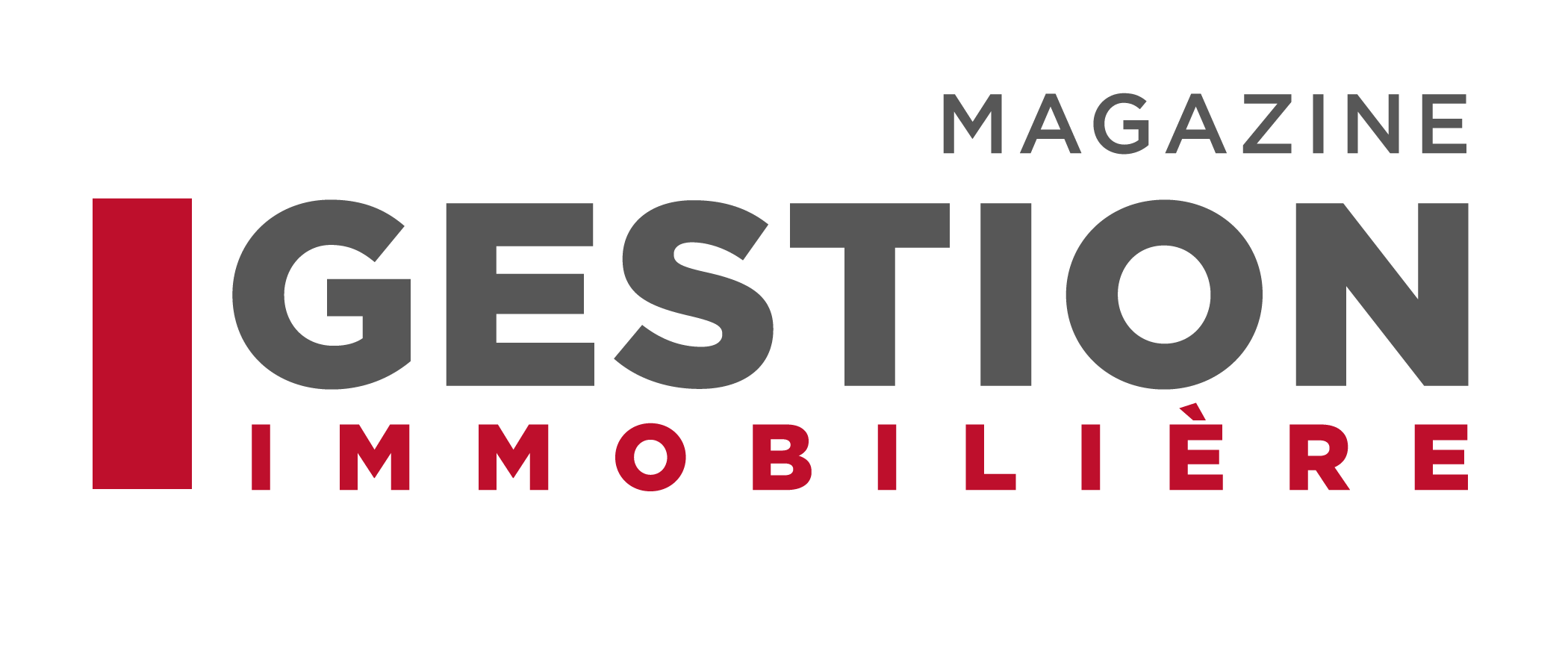The first awards night for the Building Energy Challenge (BEC) is fast approaching, and will pay tribute to best practices in collaboration between building owners and tenants, as they pursue efforts to improve energy efficiency and reduce greenhouse gas emissions. The registration deadline for the first year of the BEC is February 28, 2019. Register for the Collaboration Award so that your collaborative efforts can be acknowledged. Demonstrate your leadership in this field! Click here for more information.
This Quebec-wide competition is a unique opportunity for owners and managers to encourage more intelligent use of energy in buildings. For example, the energy used by tenants in an office building can amount to between 25 and 50% of total energy consumption. Consequently, both owners and tenants have an important role to play in reducing energy consumption.
An efficiently designed building might not necessarily respond to expectations if building systems are poorly maintained, or not used for their intended purpose. Despite the efforts of tenants to reduce energy consumption, energy might be wasted if the building is badly designed or poorly managed. The owner-tenant allocation of responsibilities regarding energy use, management and costs might also hobble efforts to improve energy efficiency, in terms of both investment and management. Energy-saving improvements succeed when owners and tenants collaborate, working together toward a common goal. That owner-tenant complicity is essential in improving the performance of multi-tenant buildings.
Here are some best practices recommended by the U.S. Environmental Protection Agency (EPA) to encourage owner-tenant collaboration:
- Transparency regarding Energy Use and Costs
Share energy consumption data with tenants, as well as your energy efficiency objectives. For example, post energy consumption and management reports, and provide a Web portal to access data. You can use the free online tool Energy Star Portfolio Manager to do so. Consult the BEC Participant’s Guide for free tips and advice!
- Evaluate Current Practices and spot Opportunities for Improvement
After identifying energy consumption, current practices and opportunities for improvement, the next step is to communicate, to create an energy efficiency awareness campaign. That could include checklists and energy efficiency tool kits for tenants.
- Raise Awareness and Inform Tenants
Ensure that tenants are properly informed about their energy consumption and its impact, and give them specific ways of reducing their energy consumption while taking their needs and concerns into consideration.
- Establish Partnerships and Empower Tenants
Contact tenants and encourage them to play an active role in implementing energy-saving measures. Establish with the tenants the consumption reduction objectives, and organize a meeting where tenants can share their ideas about energy management.
For more info…
- This PDF presentation from Energy Star describes eight ways of getting employees and tenants involved in saving energy.
- Owner-tenant collaboration is a key element, but is not always easily achieved. There must be clear benefits and added value for all parties. Download the Better Buildings Partnership report, a practical guide with suggestions on how owners can get tenants committed to reducing greenhouse gas emissions and lowering energy costs.
- The Better Buildings Partnership’s Tenants and Landlords Guide to Happiness explores ways of working together to create a viable green lease. Owners and tenants can establish the basic principles of sustainability in a new green lease, or modify the existing lease or draft a separate letter of agreement.







